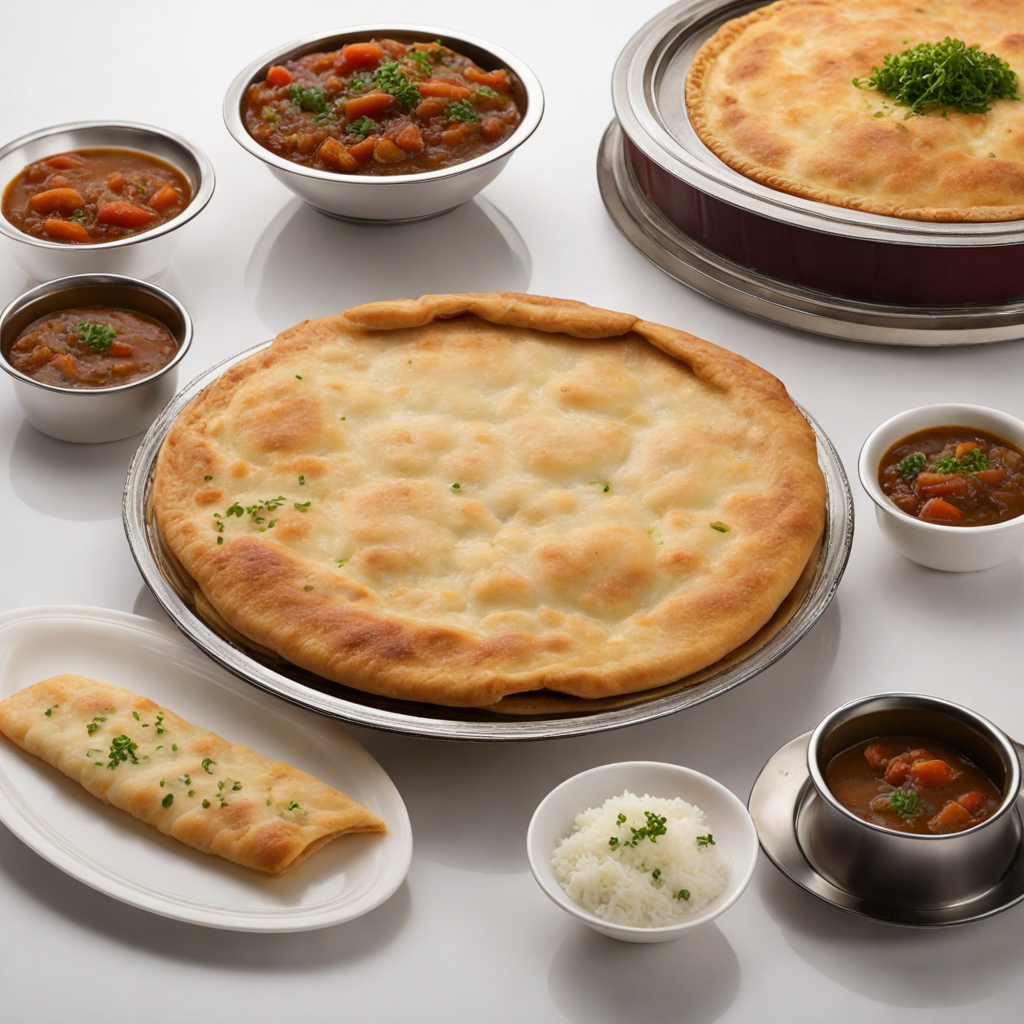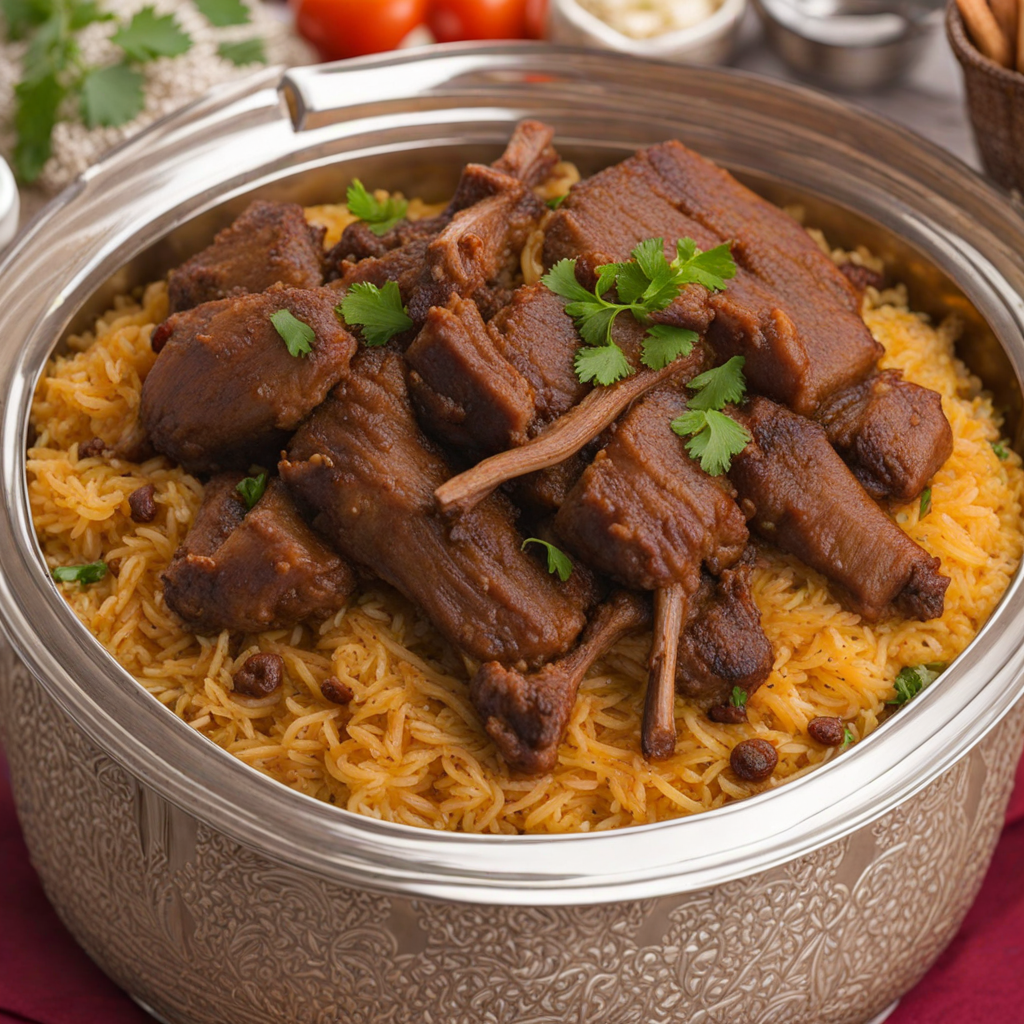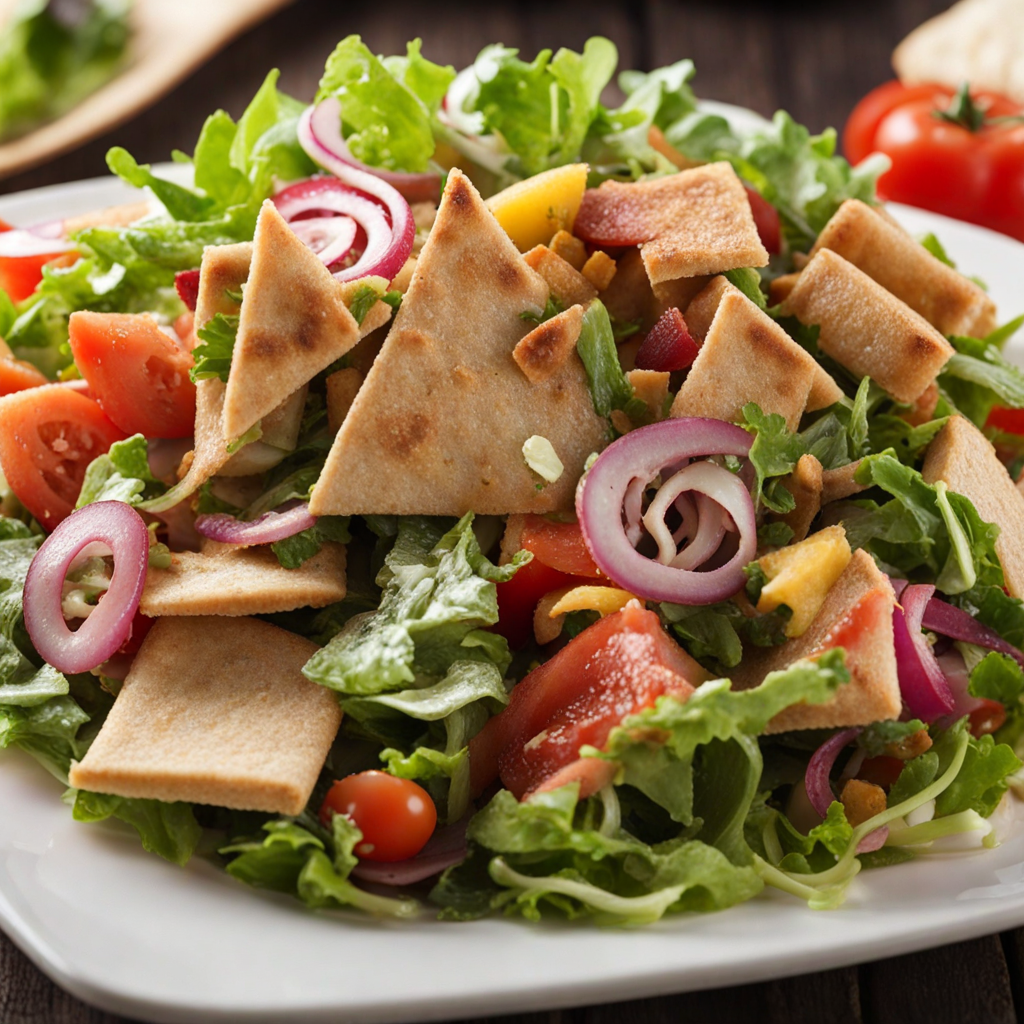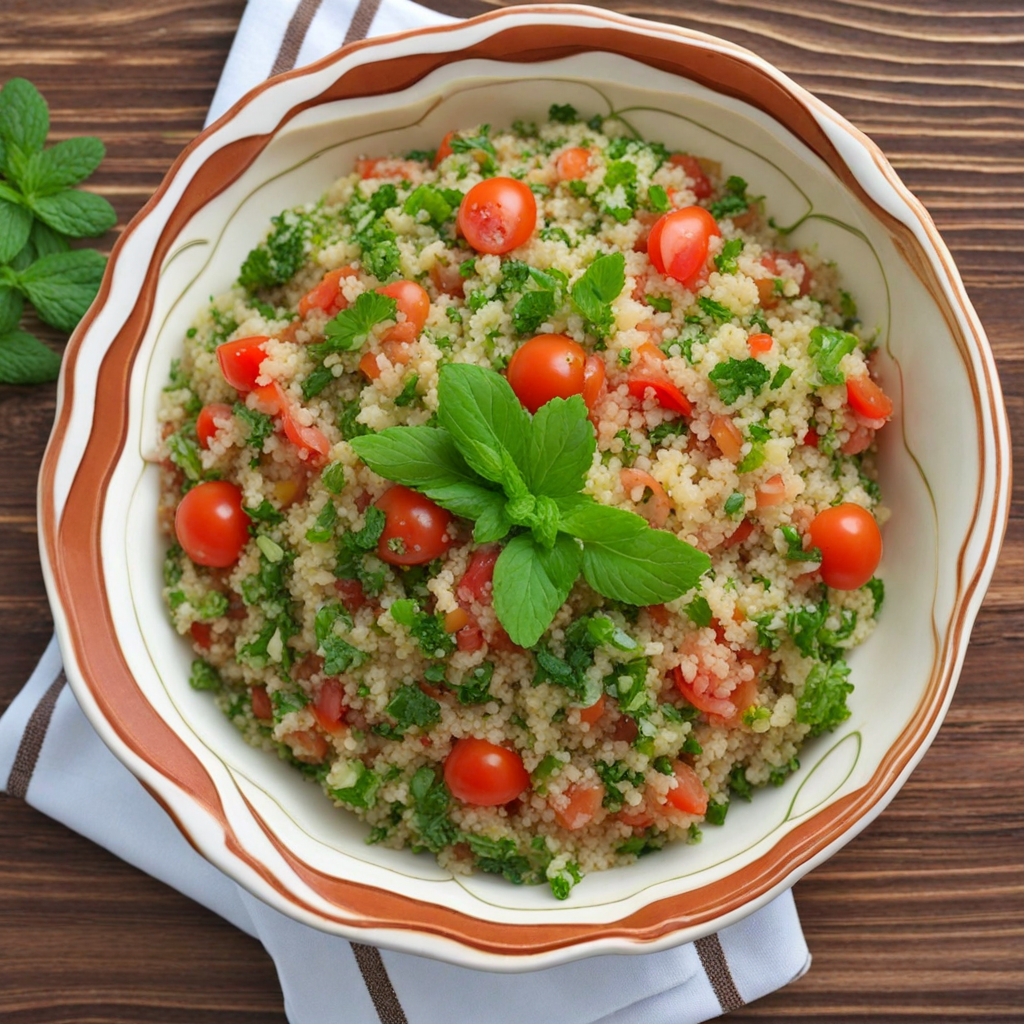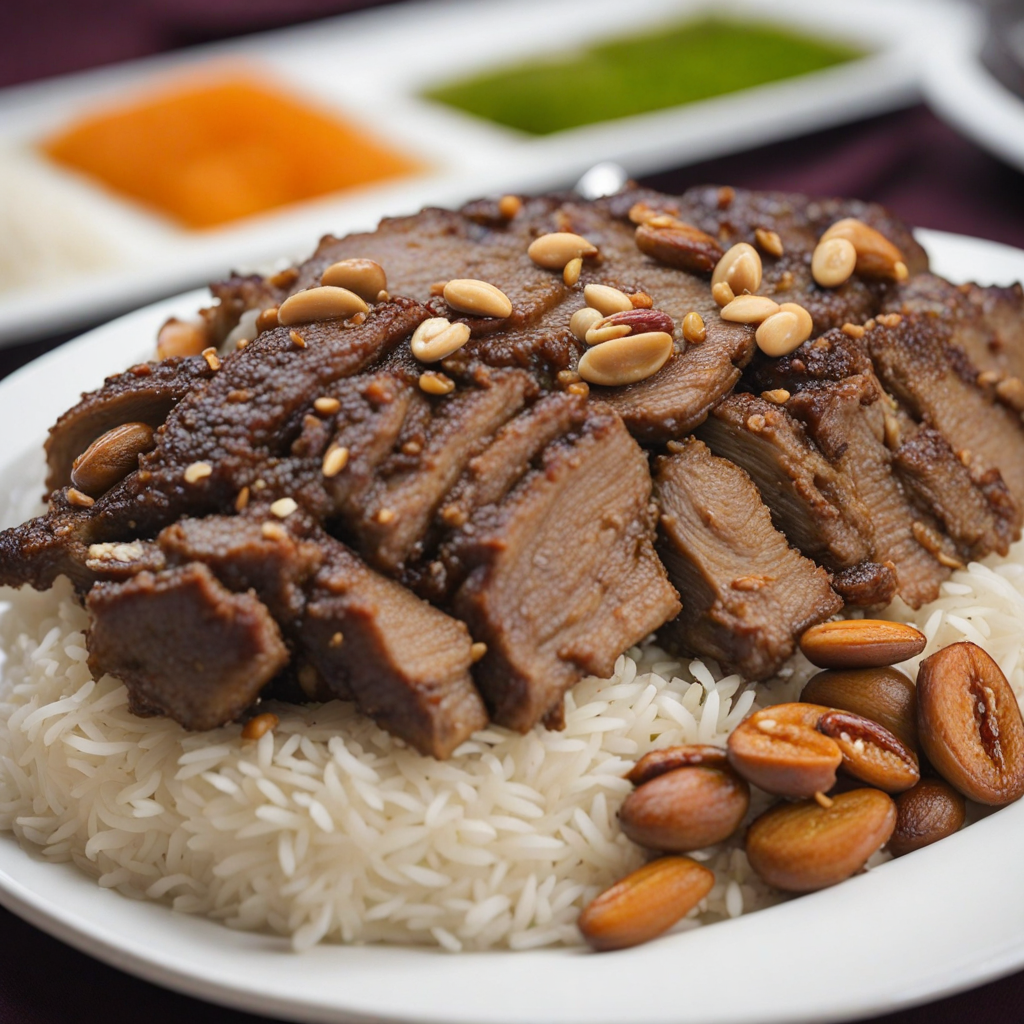Thareed
Thareed is a traditional Qatari dish that beautifully showcases the rich culinary heritage of the region. It is primarily made from layers of flatbread, typically khubz, which is soaked in a rich and aromatic stew. The stew usually contains tender pieces of meat, such as lamb or chicken, cooked with a medley of spices, including cumin, coriander, and turmeric. The flavors of the meat meld seamlessly with the spices, creating a hearty and satisfying base that seeps into the bread, imparting a unique taste and texture that is both comforting and deeply flavorful. What sets Thareed apart is not only its taste but also its presentation. The dish is often served in a large communal bowl, inviting diners to gather around and share in the experience. The soft, moist bread absorbs the savory broth, making each bite a delightful combination of textures. Vegetables such as carrots and potatoes are often added to the stew, contributing a slight sweetness and additional layers of flavor. This makes Thareed a well-rounded dish that is both nourishing and delicious, perfect for family gatherings or special occasions. Thareed is more than just a meal; it is a symbol of hospitality and tradition in Qatari culture. Often enjoyed during Ramadan or festive celebrations, it reflects the essence of communal dining. Each bite tells a story of the region's history and the blending of flavors that define Qatari cuisine. For those looking to explore new tastes, Thareed offers a warm and inviting experience that is sure to leave a lasting impression on the palate.
How It Became This Dish
The History of Threed: A Culinary Jewel of Qatar Threed (or Thareed) is a traditional dish deeply woven into the fabric of Qatari culture, representing not only a meal but also a symbol of hospitality, familial bonds, and a centuries-old culinary heritage. To understand the significance of threed, one must delve into its origins, cultural implications, and how it has evolved over time. Origins of Threed Threed is believed to have roots that trace back to the Arabian Peninsula's Bedouin tribes, who developed a diet largely reliant on what the harsh desert environment could provide. Historically, the Bedouins were nomadic people, relying on livestock and foraged ingredients. Bread, particularly unleavened flatbreads, became a staple due to its portability and ease of preparation. The dish itself is a combination of bread, meat, and vegetables, often flavored with spices and served in a broth. The fundamental concept of threed—soaking bread in a savory broth—can be traced back to ancient practices where leftover bread was repurposed to avoid waste, an essential principle in Bedouin culture that favored resourcefulness. Cultural Significance Threed holds a special place in the hearts of Qataris and is often served during significant family gatherings, celebrations, and religious occasions. The communal aspect of the dish is vital; families often gather around a large platter, sharing the meal and reinforcing social bonds. It exemplifies hospitality in Qatari culture, as offering threed to guests is viewed as an expression of generosity and warmth. In the context of religious practices, threed is commonly prepared during Ramadan, the holy month of fasting. After sunset, families break their fast with dates and water, followed by a hearty bowl of threed. The dish’s rich flavors and nourishing properties provide sustenance after a day of abstention, making it an integral part of the Iftar meal. Development Over Time As Qatar transitioned from a predominantly nomadic lifestyle to a more urbanized society, the preparation and presentation of threed began to evolve. In the late 20th and early 21st centuries, Qatar experienced rapid modernization and globalization, which introduced new ingredients and culinary techniques. However, traditional recipes remained cherished, passed down through generations, often from mothers to daughters. In its traditional form, threed typically features lamb or chicken as the protein, simmered with a medley of vegetables including carrots, potatoes, and sometimes eggplant. Spices such as cumin, coriander, and turmeric contribute depth and warmth, while saffron may be added for a touch of luxury. As Qatari society began to embrace international cuisines, variations emerged, incorporating new elements while still honoring the dish's core essence. Modern chefs and home cooks alike have started experimenting with threed, offering innovative presentations and fusion styles. For instance, some chefs have introduced seafood options or introduced aromatic herbs like mint and parsley, reflecting the diverse influences that have permeated Qatari cuisine. Threed in Contemporary Qatar Today, threed remains a beloved dish in Qatar, often found in homes and restaurants alike. It is emblematic of Qatari identity, frequently featured in food festivals, cultural events, and even culinary competitions. The dish has not only persisted as a staple but has also become a source of pride for many Qataris, celebrated for its historical roots and cultural resonance. In recent years, efforts have been made to preserve traditional Qatari cuisine amidst the rapid pace of modernization. Initiatives to document and promote local dishes like threed ensure that future generations can appreciate and uphold their culinary heritage. Cooking classes, food tours, and social media campaigns highlight the importance of traditional dishes, allowing threed to gain recognition beyond the borders of Qatar. Conclusion Threed stands as a testament to the resilience and adaptability of Qatari cuisine. Its origins in the desert, its role as a communal dish, and its ongoing evolution reflect the dynamic nature of food culture in Qatar. As it continues to be served at family tables and celebrated in culinary venues, threed remains not just a dish but a story—of history, culture, and the enduring spirit of hospitality that characterizes Qatari society. In a world increasingly dominated by fast food and fleeting culinary trends, threed serves as a reminder of the value of tradition, the importance of community, and the richness of shared meals. Whether enjoyed in a bustling restaurant or a quiet family home, threed remains a culinary jewel of Qatar, forever linked to the land, its people, and their stories.
You may like
Discover local flavors from Qatar



